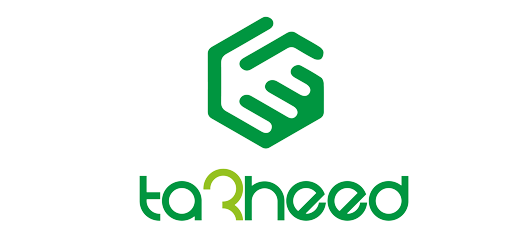
Creating an efficient call center is not an easy task, it requires basic tools that are indispensable especially when you want to complete professional calls for your team.
Essential Tools for Contact Centers
Having the right tools in call centers can make a big difference in helping you deal with any problem your team may encounter, according to a report published by FreshWorks.
What tools and equipment do you need to set up a call center?
Call centers need multiple tools to operate effectively and maintain a high-level customer experience. Some of the most commonly used and indispensable call center tools and software are:
- Computers.
- BBX.
- Interactive Voice Response (IVRs).
- Customer Relationship Management Systems.
- Phone Conferencing.
- Metrics and Analytics.
- Real-time Reporting.
- Call Recording and Call Monitoring.
Call center devices
No matter what advanced communication technology your contact center uses, every employee should be equipped with a suite of hardware tools to manage operations, store data, and customer relationships – and even cloud storage capabilities.
computer
Let’s start with the basics – you’ll need a computer to access your call center or cloud call center software (plus things like your CRM and email).
Fortunately, your computer doesn’t have to be a laptop or desktop, just make sure it’s reliable, reasonably fast, and has antivirus protection that can keep your data safe.
headphones
If you purchase a headset, remember that your agents will be talking to customers for long periods every day, so they need to be comfortable and of good quality.
Ideally, look for noise-canceling headphones to ensure that your employees and customers aren’t distracted by background noise from your call center.
PBX switching
PBX stands for “Private Branch Exchange” – it’s basically your company’s phone system, and your PBX is responsible for helping you make internal and external phone calls.
The PBX also handles call routing, voicemails, music hold, and interactive voice menus (IVR).
You can choose between three types of PBX:
a) On-premises PBX: This is the most traditional form of PBX system, it is installed on your office desk and cannot be moved – therefore, making calls on the go is not possible. These systems are very reliable and provide good voice quality, but installing and maintaining an on-premises PBX is a laborious process.
b) IP PBX: It is a system that connects calls over the Internet and your company’s private network. IP PBX does not require a lot of physical hardware, and just having a phone on your desk is enough.
c) Hosted PBX: No physical hardware is required as everything is hosted virtually in the cloud, allowing agents to work as long as they have a laptop with a good internet connection. The third party provider maintains all the data and operations, and you are not responsible for maintenance and upkeep.
Interactive Voice Response (IVR)
The customer often hears an automated response regarding certain services, such as “Press one to make a payment, press two to speak to our customer service team….” This is what is known as an interactive voice response.
An interactive voice response system is a concept familiar to every consumer, an automated system that presents callers with pre-recorded voice menus or instructions, asking them to choose from a list of options by pressing a key on their dial pad or speaking into their phone.
When customers select an option, the IVR routes the incoming call to a submenu or customer support agent, depending on which option they choose.
If done right, IVR is a great way to segment customers early by asking them to specify things like their preferred language or the nature of their query.
This way, you can direct customers to the right agent faster. You can also speed up resolution by removing some of the customer’s basic information before agents pick up the phone.
Customer Relationship Management (CRM) System.
When customers call your call center, they hope to get their issues resolved without going through a cumbersome process. A call center CRM is a software used to store and manage customer data. Call center agents can use a CRM system to instantly see all the relevant information about a particular caller, such as order history, last contact, and location. It is an essential tool that should be present in call centers.
conference call
Conference calls aren’t just for internal meetings — although a good conference call software can make it easier for teams to collaborate virtually.
Metrics and Analytics
If you want to build deeper, longer-lasting relationships with your customers, you’ll need to closely monitor your call center’s KPIs, and call center analytics software lets you evaluate how well your call center is performing against these KPIs.
Real-time reporting
Some contact center solutions can give you insights into key metrics in real time, refreshing dashboards every few minutes to get an up-to-date picture of your performance. Real-time reporting is useful when tracking call volume or the number of closed service tickets. Let’s say you can quickly spot trends in these metrics. In this case, you’ll be able to avoid long queues and overwhelmed contact center agents early on by reallocating team resources.








This piece of writing provides clear idea for the new people of blogging, that genuinely how to do blogging.